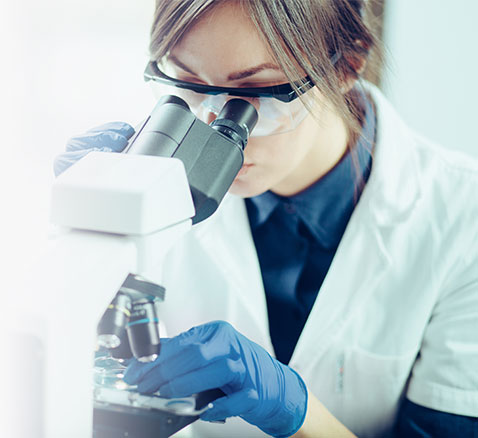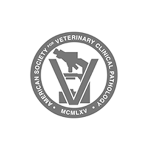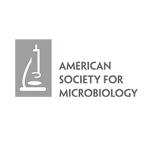False Positives on the Aspergillus Antigen Test (Platelia®) – What’s the Cause?
Case Example
Crystal, a 12-year spayed female, Pomeranian presented for seizures. A caudal nasal mass invading the cribiform plate was found on MR. Nasal neoplasia was considered most likely and sinonasal Aspergillus (SNA) was also considered. Aspergillus antigen (galactomannan, GM) was detected by enzyme immunoassay (Platelia®, Bio-Rad) in urine (5.7 IU, Ref Int < 0.5). Because some of Crystal’s case details (signalment, imaging findings) were not classic for SNA, and she was receiving IV fluids (Vetivex® pHLyteTM, Dechra) containing gluconate at the time of sample collection, urine and serum along with a sample of the pHLyteTM was retested 2 weeks later (while she was not receiving IV fluids). At that time Aspergillus GM was not detected in serum or urine but high concentrations were found in the IV fluid sample (10.3 IU). A second different pHLyteTM sample also contained high concentrations of Aspergillus GM (8.1 IU).
Discussion
The Aspergillus GM EIA is useful for supporting the diagnosis of systemic aspergillosis in dogs providing a sensitivity and specificity of approximately 90% [1
IV fluids often contain buffers (gluconate, acetate, or lactate). Some commonly used in veterinary medicine include lasmalyte® (Baxter), Vetivex® pHLyteTM (Dechra), and Normosol-R® (Hospira) contain sodium gluconate. Production of sodium gluconate can include fermentation of glucose by Aspergillus or Penicillium [2
In the past, Plasmalyte® has been implicated in causing a false positive result on the Aspergillus antigen test, although more recently this has not been a concern [3
Based on this information, Vetivex® pHLyteTM should be discontinued at least 72 hours before collecting urine or blood samples for Aspergillus GM testing. This is not necessary for Plasmalyte® or Normosol-R®. It is important to note that not all IV fluid products have been tested. Moreover, it is possible that sources of sodium gluconate, in a given fluid type, could change. As such, further study and continued monitoring is necessary. Although many synthetic penicillin antibiotics are not a concern for causing false positive results, many penicillin antibiotics have not been directly studied. Until more information is available, it is prudent to discontinue these for at least 48 hours before collecting samples for Aspergillus GM testing.
REFERENCES:
- Garcia RS, Wheat LJ, Cook AK, et al. Sensitivity and specificity of a blood and urine galactomannan antigen assay for diagnosis of systemic aspergillosis in dogs. J Vet Intern Med 2012;26:911-919.
- Dowdells C, Jones RL, Mattey M, et al. Gluconic acid production by Aspergillus terreus. Lett Appl Microbiol 2010;51:252-257.
- Spriet I, Lagrou K, Maertens J, et al. Plasmalyte: No Longer a Culprit in Causing False-Positive Galactomannan Test Results. J Clin Microbiol 2016;54:795-797.








